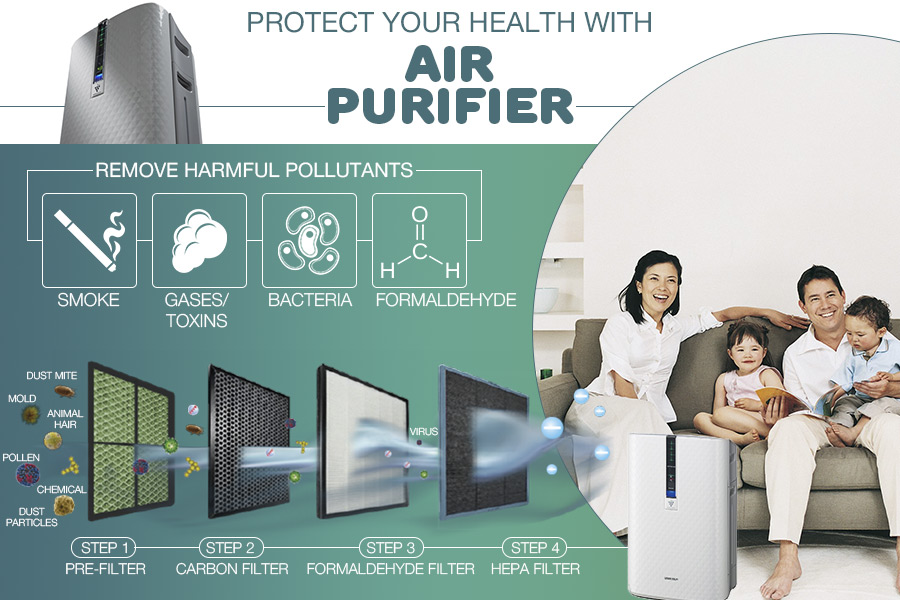The Ultimate Overview To Understanding Warm Pumps - How Do They Work?
The Ultimate Overview To Understanding Warm Pumps - How Do They Work?
Blog Article
Short Article Produced By-Neergaard Bland
The most effective heat pumps can conserve you significant quantities of money on power costs. They can also help in reducing greenhouse gas emissions, specifically if you use electrical energy in place of nonrenewable fuel sources like gas and home heating oil or electric-resistance heaters.
Heatpump function significantly the same as ac system do. This makes them a practical alternative to traditional electrical home heater.
Exactly how They Work
Heat pumps cool homes in the summer season and, with a little help from electrical energy or natural gas, they supply some of your home's heating in the winter season. They're a great choice for people that intend to decrease their use of fossil fuels but aren't all set to replace their existing furnace and air conditioning system.
They count on the physical fact that also in air that appears as well chilly, there's still power present: cozy air is always moving, and it wants to move right into cooler, lower-pressure atmospheres like your home.
A lot of ENERGY STAR certified heat pumps run at close to their heating or cooling capacity throughout the majority of the year, decreasing on/off cycling and saving power. For the very best performance, concentrate on systems with a high SEER and HSPF score.
The Compressor
The heart of the heatpump is the compressor, which is likewise known as an air compressor. heat pump air conditioning unit flowing tool utilizes prospective energy from power development to increase the stress of a gas by decreasing its volume. It is various from a pump in that it just services gases and can not collaborate with liquids, as pumps do.
just click the following internet page enters the compressor with an inlet valve. It travels around vane-mounted arms with self-adjusting length that separate the interior of the compressor, developing several cavities of varying dimension. The blades's spin forces these tooth cavities to move in and out of phase with each other, compressing the air.
The compressor reels in the low-temperature, high-pressure refrigerant vapor from the evaporator and presses it right into the warm, pressurized state of a gas. This procedure is duplicated as required to supply heating or cooling as required. The compressor also contains a desuperheater coil that reuses the waste heat and includes superheat to the refrigerant, altering it from its liquid to vapor state.
The Evaporator
The evaporator in heat pumps does the exact same thing as it performs in fridges and air conditioning unit, transforming fluid cooling agent into a gaseous vapor that eliminates warmth from the space. Heat pump systems would certainly not function without this vital piece of equipment.
This part of the system lies inside your home or structure in an indoor air handler, which can be either a ducted or ductless unit. It includes an evaporator coil and the compressor that compresses the low-pressure vapor from the evaporator to high pressure gas.
Heatpump absorb ambient warm from the air, and afterwards utilize power to transfer that warm to a home or business in heating setting. Read Home makes them a whole lot more power reliable than electrical heating systems or heating systems, and due to the fact that they're using clean electrical energy from the grid (and not melting gas), they also generate much fewer discharges. That's why heat pumps are such terrific ecological choices. (As well as a substantial reason why they're coming to be so popular.).
The Thermostat.
Heatpump are excellent alternatives for homes in chilly climates, and you can utilize them in mix with conventional duct-based systems or perhaps go ductless. They're a terrific different to nonrenewable fuel source heater or typical electrical heating systems, and they're extra sustainable than oil, gas or nuclear HVAC tools.
Your thermostat is the most vital part of your heatpump system, and it functions extremely in a different way than a conventional thermostat. All mechanical thermostats (all non-electronic ones) work by using materials that transform dimension with boosting temperature level, like coiled bimetallic strips or the increasing wax in a cars and truck radiator valve.
These strips include two various types of steel, and they're bolted with each other to form a bridge that completes an electric circuit linked to your heating and cooling system. As the strip gets warmer, one side of the bridge expands faster than the other, which creates it to bend and indicate that the heater is needed. When the heatpump is in heating setting, the reversing valve turns around the flow of cooling agent, to ensure that the outside coil now operates as an evaporator and the indoor cylinder comes to be a condenser.